Climate Control in Greenhouses: Tools and Techniques for Precision Farming
Precision farming is transforming agriculture, and climate control in greenhouses plays a pivotal role in this revolution. By maintaining optimal growing conditions, farmers can boost crop yields, improve quality, and reduce resource waste. In this blog, we’ll explore the tools and techniques used for climate control in greenhouses, highlighting how they enable precision farming for sustainable, efficient results.
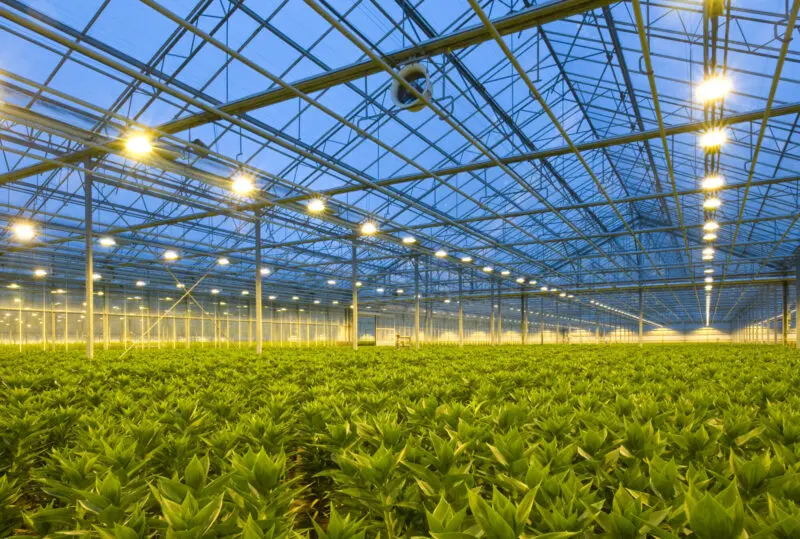
What is Climate Control in Greenhouses?
Climate control involves controlling environmental elements—temperature, humidity, light, and air quality—within a greenhouse in order to obtain optimal growing conditions for plants. While weather-controlled conventional farming remains variable, advanced devices and mechanisms under climate control of the greenhouse apply consistency as it is an important part of precision agriculture.
Why Climate Control Matters in Precision Farming
Precision agriculture seeks to achieve maximum efficiency through customized conditions that meet the unique demands of crops. Efficient climate control:
- Improves plant health and growth rates.
- Saves water and energy waste.
- Enables year-round production, independent of outside weather.
- Reduces risks of pests and diseases by controlling stable environments.
Growers can optimize their greenhouses with the proper tools and techniques.
Tools for Greenhouse Climate Control
A range of equipment is employed to regulate and monitor greenhouse conditions. Here’s a description of the basics:
- Heaters and Thermostats: Insure stable temperatures, particularly in the colder months.
- Cooling Systems: Air conditioners or evaporative coolers ensure against overheating when it is hot outside.
- Ventilation Fans: Ventilate air to control humidity and temperature.
- Humidifiers/Dehumidifiers: Regulate moisture levels to meet the needs of particular crops.
- Grow Lights: Supplement light for the photosynthesis process.
- Sensors: Real-time measurement of temperature, humidity, CO2, and light.
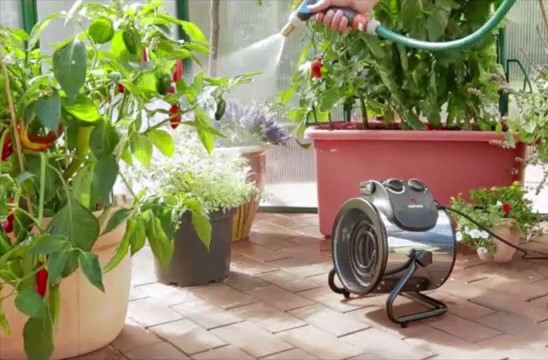
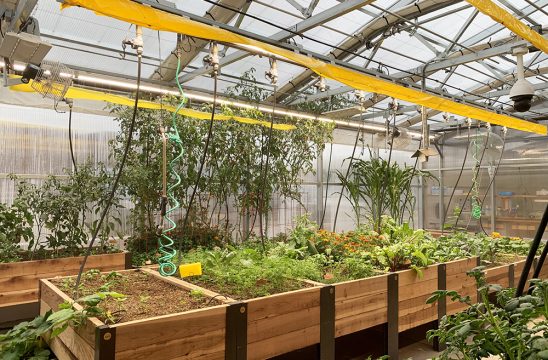
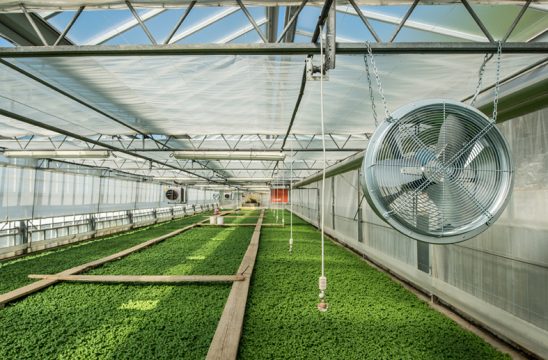

Essential Climate Control Tools
Tool | Purpose | Benefit |
Thermostats/Heaters | Regulate temperature | Prevents cold stress |
Cooling Systems | Reduce excess heat | Avoids heat damage |
Ventilation Fans | Improve airflow | Balances humidity |
Humidifiers | Increase moisture | Supports plant hydration |
Dehumidifiers | Reduce excess moisture | Prevents mold growth |
Grow Lights | Supplement natural light | Boosts photosynthesis |
Sensors | Monitor environmental conditions | Enables precise adjustments |
Techniques for Precision Climate Control
Beyond tools, specific techniques ensure climate control is both effective and efficient:
- Automation: Automated systems adjust lighting, watering, and ventilation based on sensor data, reducing manual effort.
- Shading: Motorized shade cloths block excess sunlight to prevent overheating and protect delicate plants.
- CO2 Enrichment: Controlled CO2 injection enhances photosynthesis, especially in sealed greenhouses.
- Thermal Screens: Insulating screens trap heat at night, maintaining stable temperatures.
- Fogging Systems: Fine mist cools the air and increases humidity for tropical or high-moisture crops.
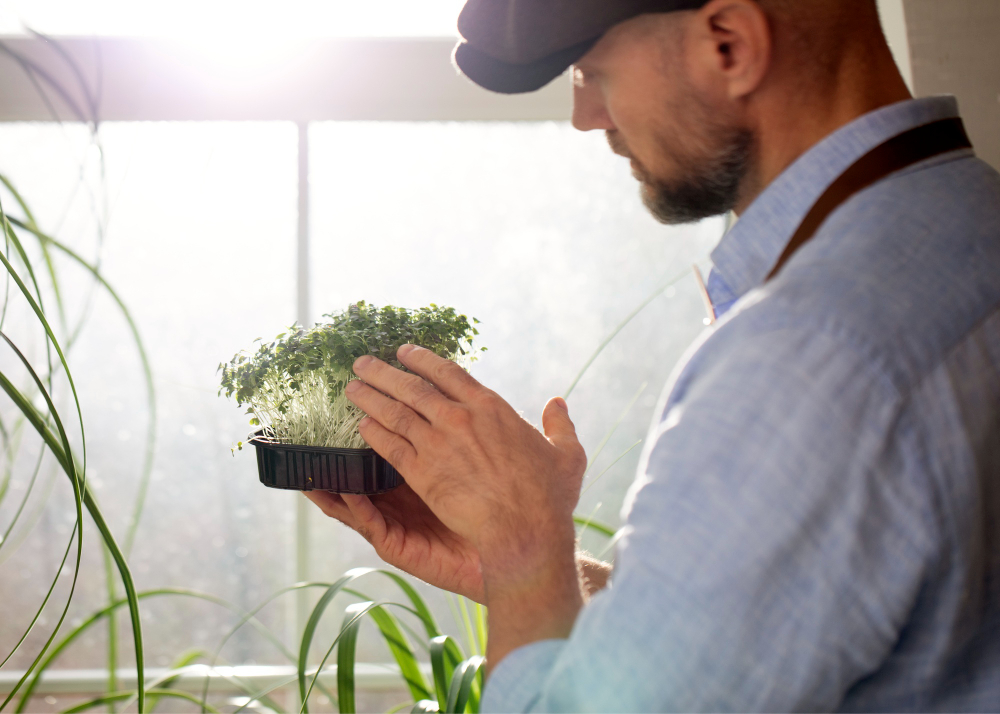
Climate Control Techniques
Technique | Description | Application |
Automation | Uses sensors to adjust conditions | Saves time and labor |
Shading | Reduces sunlight exposure | Protects sensitive crops |
CO2 Enrichment | Boosts plant growth with added CO2 | Increases yields |
Thermal Screens | Retains heat during cooler periods | Energy-efficient |
Fogging Systems | Cools and humidifies the air | Ideal for tropical plants |
How Sensors Drive Precision
Sensors are the backbone of modern climate control, providing real-time data for informed decision-making. Common types include:
- Temperature Sensors: Ensure conditions stay within the ideal range.
- Humidity Sensors: Prevent overly dry or damp environments.
- Light Sensors: Optimize lighting schedules and intensity.
- CO2 Sensors: Maintain levels for maximum photosynthesis.
By integrating sensors with automation, growers can respond instantly to changes, ensuring precision at every stage of growth.
Benefits of Climate Control in Greenhouses
Effective climate control delivers measurable advantages:
- Higher Yields: Optimized conditions lead to faster growth and bigger harvests.
- Resource Efficiency: Precise adjustments reduce water, energy, and nutrient waste.
- Crop Consistency: Stable environments produce uniform, high-quality produce.
- Adaptability: Grow exotic or off-season crops in any region.
Benefits of Climate Control
Benefit | Impact | Outcome |
Higher Yields | Faster, healthier plant growth | Increased production |
Resource Efficiency | Less waste of water and energy | Lower costs |
Crop Consistency | Uniform quality across harvests | Better market value |
Adaptability | Grows diverse crops year-round | Expanded opportunities |
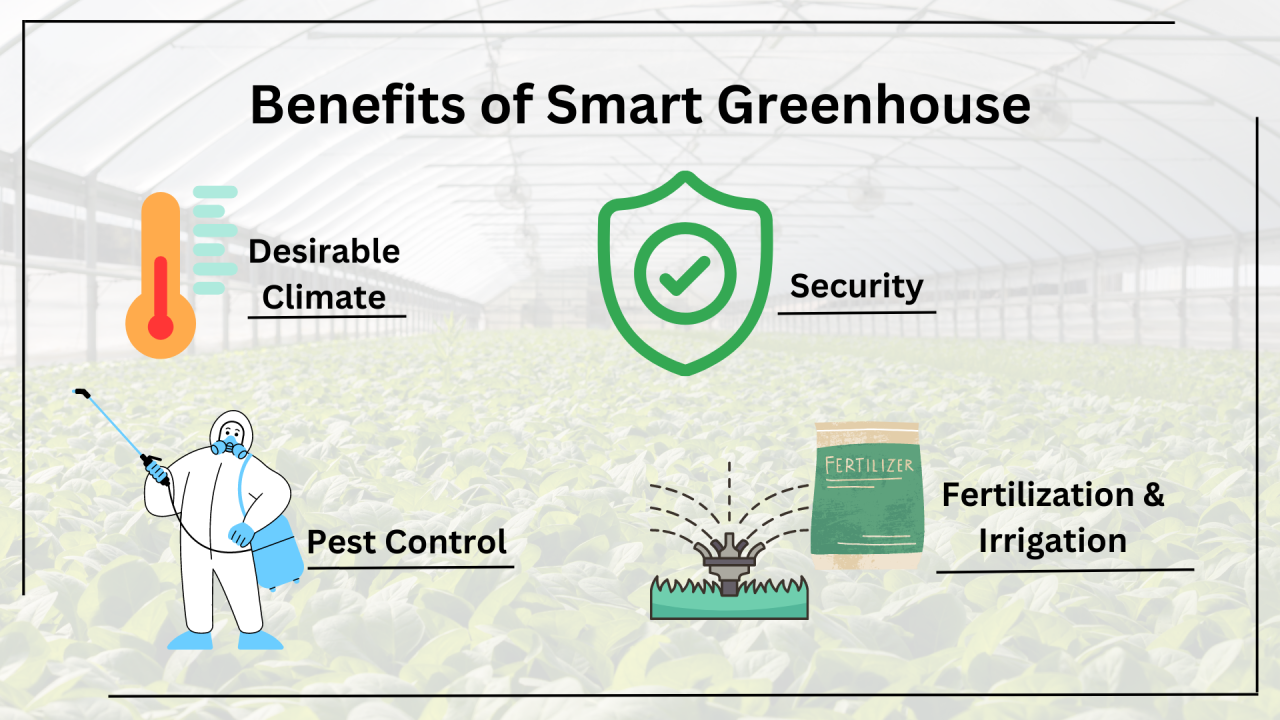
Challenges to Consider
While climate control offers significant benefits, it comes with challenges:
- Initial Costs: High-quality tools and automation require upfront investment.
- Maintenance: Regular upkeep of equipment is essential for long-term performance.
- Technical Knowledge: Operating advanced systems may demand training.
Despite these hurdles, the long-term gains in productivity and sustainability make climate control a worthwhile investment.
Conclusion
Climate control in greenhouses, powered by cutting-edge tools and techniques, is redefining precision farming. From sensors and automation to shading and CO2 enrichment, these systems enable growers to create perfect growing conditions with minimal waste. Whether you’re cultivating vegetables, flowers, or exotic plants, mastering climate control can unlock higher yields and greater efficiency.

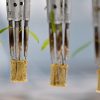





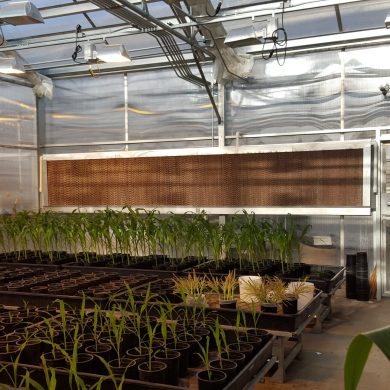



Add comment